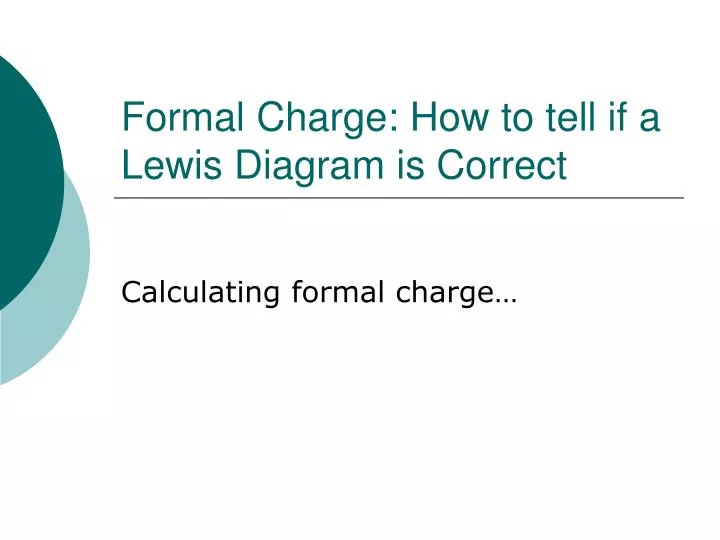

How to Predict Geometry of SeF6 Using VSEPR Valence shell electrons involved in bonding are known as bonding pairs of electrons (bp), and those valence shell electrons that are not involved in bonding are termed as lone pairs of electrons (lp). The stable arrangement of the valence electron pairs of atoms helps determine the molecular geometry. To make the arrangement of the electrons stable, the repulsions between them have to be decreased.Īs a result, electrons align themselves so that the repulsion is the least, and the distance between them is maximum. The valence electron pairs repel each other, and this leads to instability. VSEPR theory stands for valence electron pair repulsion theory. However, we can use VSEPR theory to predict the shape without experimentation. Exact geometry can be found out only by experimentation in the laboratory. Molecular geometry is the 3D arrangement of atoms in a compound. To understand the process of drawing lewis structure better, one can go through this link. Thus, the structure drawn in step 6 is the best Lewis structure for SeF 6. Therefore, the sum of formal charge on seven atoms should come out to be zero. Step 7: Calculate the formal charge on all atoms. SeF 6 is a hypervalent compound as Se can expand its octet because of vacant d orbitals and form more than four bonds. There are 12 electrons around the central atom. Se has six valence electrons in the isolated state. They share one electron with Se to have a fully filled valence shell configuration. Step 6: Complete the octet of atoms by forming bonds.Īll side atoms form a single bond with the central atom.Įach F has seven valence electrons in the isolated state. Orange dots represent electrons of Selenium, while black dots represent electrons of fluorine. The total valence shell electrons (calculated in step 1) are placed around the symbol of chemical elements.

Step 5: Arrange the valence electrons around the elemental symbols. In this step, we have to arrange the side atoms and central atom suitably. Thus, Se is the central atom for this compound. The central atom is supposed to be the least electronegative one out of the constituent atoms, as the central atom is supposed to share its electron density with all other atoms. Step 3: Choose a suitable central atom for the compound. The Lewis dot structure for Se and F are as follows. The chemical symbols for Selenium and fluorine are Se and F, respectively. We draw the Lewis structure of elements by arranging the valence shell electrons around the element’s chemical symbol. Step 2: Draw the lewis dot structure for elements. Step 1: Count the total number of valence shell electrons on the compoundīefore drawing the structure, we need to know the number of valence shell electrons on all constituent atoms and their sum. If a formal charge is present, a negative formal charge should be on more electronegative elements, while a positive formal charge should be on the less electronegative element. It gives a direct relationship between the number of electrons on an isolated neutral atom and the number of electrons present on that atom when it is present in a combined form.įormal charge= (number of electrons in an isolated neutral atom)- (number of nonbonding electrons on an atom in the compound)- 0.5*(number of electrons shared in bonds by atom)įor the lowest formal charge, one must have a zero formal charge on as many atoms as possible. The atoms with more than 2 shells can expand their octet by including vacant d orbitals. Hypervalent Species– some species have more than 8 electrons in their valence shell and are still stable.For example, B in BH 3, Al in AlCl 3, etc. Hypo valent Species– some species have less than 8 electrons in their valence shell and are still stable.


Some compounds can have more than one possible lewis dot structure. Two dots on adjacent atoms are joined together to form a bond. In a Lewis structure, electrons are represented by dots, and bonds are represented by lines around the chemical symbol of an element. It is important for predicting the number and type of bonds formed by an atom. Lewis structure is a structural formula for representing the arrangement of valence shell electrons around each atom in a molecule.


 0 kommentar(er)
0 kommentar(er)
